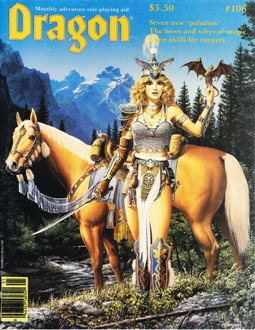Hello Jetpacks! And About Time
 It’s 2011. As far as I’m concerned, personal jetpacks have been overdue for about a decade.
It’s 2011. As far as I’m concerned, personal jetpacks have been overdue for about a decade.
Fortunately, CNN is reporting that a new commercial jetpack is getting set for a release in a few short months:
This summer you could be whizzing around on a Jetlev, a new water-powered jetpack. It’s taken over 10 years for its Canadian inventor, Raymond Li, to realize his dream and see his jetpack go on sale, but judging by the pictures it looks well worth the wait. The Jetlev has three main components — a lightweight carbon fiber backpack, a 10-meter hose and an engine unit which floats on the water. The engine sucks water up through the hose and forces it through two adjustable nozzles on the backpack, creating up to 500 pounds of thrust.
At the age of 12, when I first imagined buying one, a jetpack wasn’t something advertised as a recreational water accessory. But after thirty years of waiting, I’ll take what I can get.
I bet it makes the inevitable crash landings during the “student driver” phase a little less painful, though. So I suppose it’s got that going for it.
 The Jetlev has a reported top speed of 22 mph, and max achievable altitude of 10 meters. So I can’t realistically use it to get to the moon, which I swore would be my first jetpack destination (at the age of 12).
The Jetlev has a reported top speed of 22 mph, and max achievable altitude of 10 meters. So I can’t realistically use it to get to the moon, which I swore would be my first jetpack destination (at the age of 12).
Not without a few modifications, anyway. If I had to hazard a guess, I’d say the 10-meter max altitude has something to do with that 10-meter hose attachment. So my first modification would be to lengthen it to, oh I don’t know, something that can reach the moon.
It also retails for $136,000. That’s a bigger obstacle than I thought it would be (at the age of 12). Back then I figured I’d just get in line and pay whatever the guy at the counter wanted. I mean, come on. Jetpack.
So for various mundane reasons, I won’t be rushing out to buy the first JETLEV-FLYER — breaking a promise I made to myself all those decades ago. But that doesn’t mean you shouldn’t.
You know what your inner 12-year-old would do. And when has he (or she) ever been wrong?
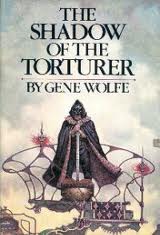
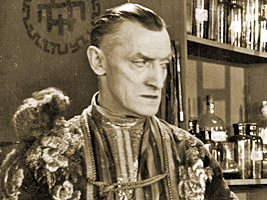
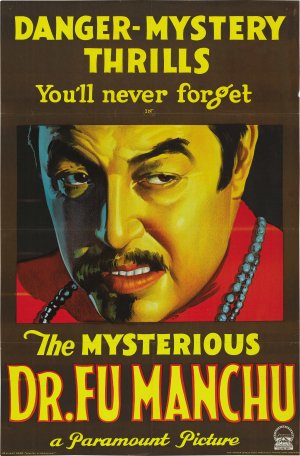
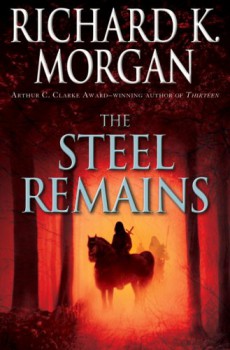 That foul smell in the air? There’s something rotten in the realm of fantasy fiction, and its name is realism.
That foul smell in the air? There’s something rotten in the realm of fantasy fiction, and its name is realism.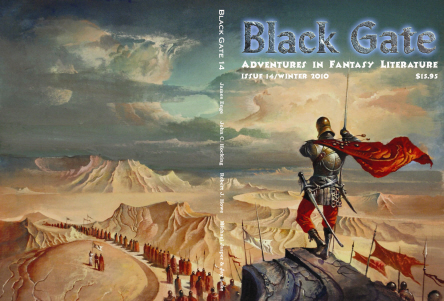 Congratulations to James Enge on the inclusion of his latest novel The Wolf Age in the
Congratulations to James Enge on the inclusion of his latest novel The Wolf Age in the 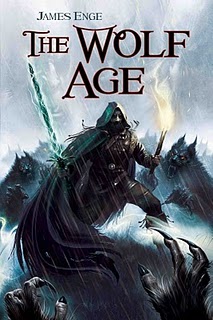 As a growing number of people rightly come to the conclusion that reading James Enge’s The Wolf Age will probably be the most fun they’ll have since the invention of soul-sucking swords and the new Olympian-approved “rubber grip” thunderbolts, Black Gate has been pelting to
As a growing number of people rightly come to the conclusion that reading James Enge’s The Wolf Age will probably be the most fun they’ll have since the invention of soul-sucking swords and the new Olympian-approved “rubber grip” thunderbolts, Black Gate has been pelting to 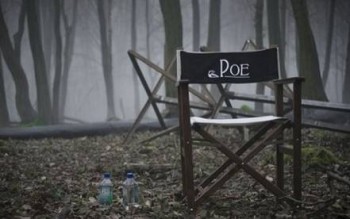

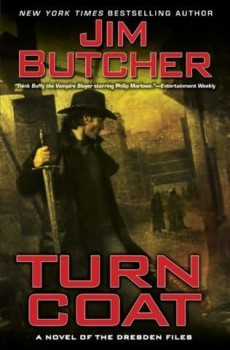 Turn Coat
Turn Coat